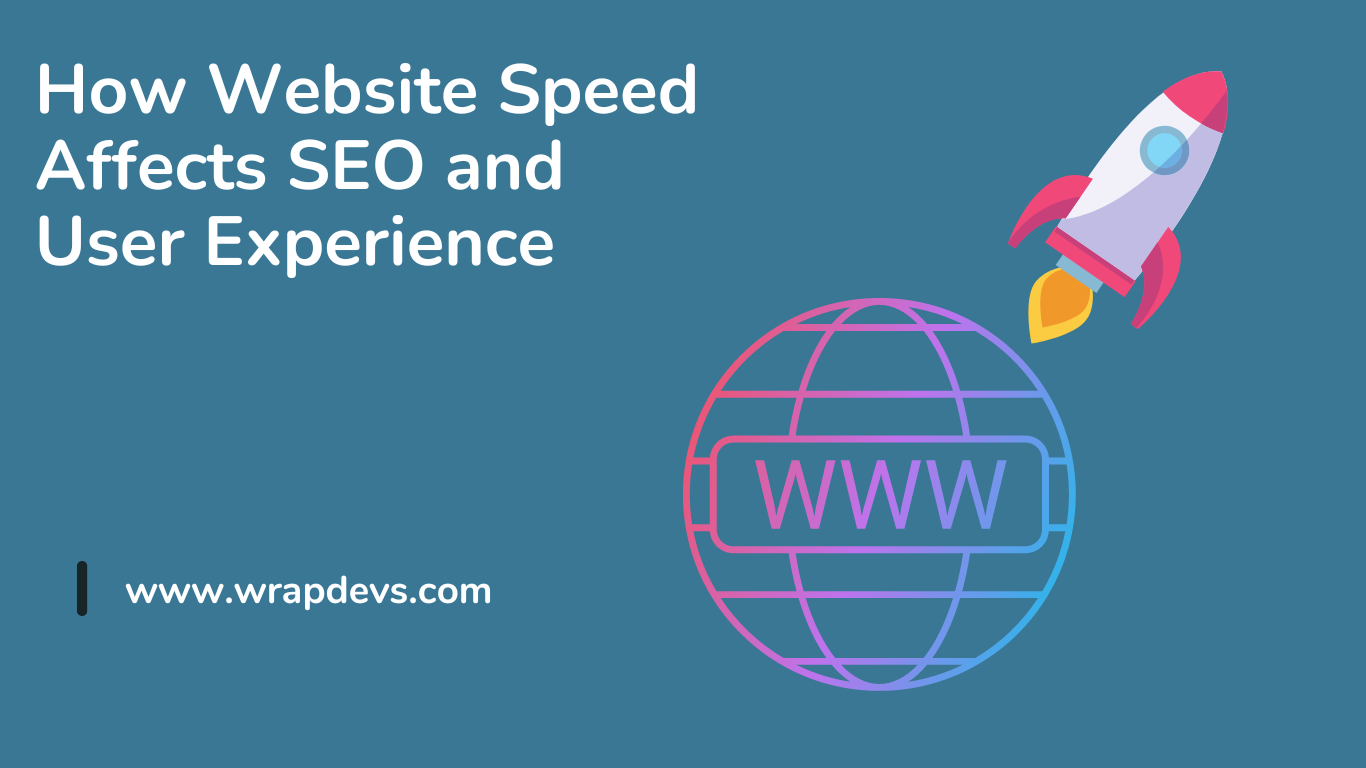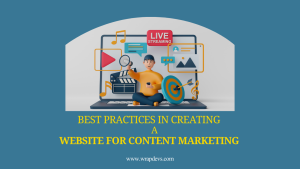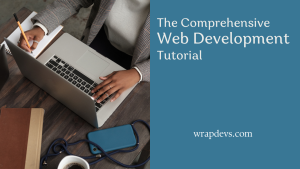
These days, when things are happening so fast around us, website speed is something that has become more critical than ever. Be it an e-commerce store, a blog, or even a corporate site, the speed at which your site comes up is pretty important with regard to your SEO ranking and overall user experience. A look into how website speed influences these critical aspects follows.
1. Website Speed and SEO
It’s the practice of enhancing a website to get good rank positions on SERPs, better known as Search Engine Results Page. Ranking factors are determined by Google’s algorithms, which include site speed as some of its most important signals.
a. Google’s Core Web Vitals
Google introduced Core Web Vitals to the page experience ranking signals. These vitals quantify the dimensions of page speed, interactivity, and visual stability. The three major metrics are as follows:
– Largest Contently Paint (LCP): Loading performance is what this metric measures. For a good user experience, LCP should occur within 2.5 seconds from when the page starts loading.
– First Input Delay (FID): This metric measures interactivity. Pages should show an FID of less than 100 milliseconds.
– Cumulative Layout Shift (CLS): This refers to visual stability. The page must not have any unexpected layout shifts, and should maintain a CLS of less than 0.1.
These metrics are important because Google will reward faster sites with better rankings. Therefore, better rankings would equate to higher traffic. Conversely, sites that do poorly in these metrics will see negative impacts on their SEO.
b. Bounce Rate and Dwell Time
If a site is slow, that means that the bounce rate-defined as the number of visitors who leave a site after having viewed only one page-is higher. Google also looks at bounce rate as a factor in establishing relevance of a page. If users constantly leave a site without intervening, that tells Google that perhaps the content is not relevant, or maybe the site is not user-friendly. Conversely, another ranking factor is dwell time, the length of time users stick around on a site. Faster sites can tend to retain the users longer, ultimately increasing dwell time and returning positive signals in terms of SEO performance.
2. Website Speed and User Experience
A website’s speed is not solely a technical SEO issue; it relates directly to user experience. The modern user demands fast and fluid experiences over the internet. Studies have shown that close to 47% of all consumers expect a webpage to load in two seconds or less, and 40% of people abandon a website if it takes more than three seconds to load.
a. First Impressions Matter
A user forms an opinion about a website within the first several seconds of loading. This says that, in the event that it takes too long, users will form a bad impression of the site and begin to distrust it. If it is fast, the entire experience is smooth and enjoyable; they are more likely to engage further and dig into your content.
b. Mobile Experience
Website speed has become much more important these days with the rise of mobile browsing. Users who are on mobile tend to be on-the-go and simply want fast results for whatever query or access to a site they’re looking to make. If your website isn’t optimized for speed on mobile devices, you can be pretty darn sure users will get frustrated and your abandonment rate may rise. That means Google’s mobile-first indexing counts the mobile version of your site first for indexing and ranking purposes. This makes mobile speed optimization a crucial part of both user experience and SEO.
c. Conversion Rates and Revenue
Poor loading time is generally associated with e-commerce sites and can directly affect conversion. As cited by Amazon, every one second delay in page loading was estimated to cost the company $1.6 billion annually in sales. Speed is critical when it comes to converting browsers into customers-every second of lag may impact lost sales and missed opportunities.
3. How to Improve Website Speed
It doesn’t have to be a science when boosting up the speed of your website. Here are some quick strategies that will get you back on track:
Optimize Images: Compress images, reducing file size without losing quality. Use modern formats like Web for faster loading.
Minimize HTTP Requests: Limit the number of elements on your pages-like scripts and CSS files-which will help lower the load times.
• Enable Browser Caching: Caching stores pieces of your website on a user’s browser, ensuring pages load quickly upon subsequent visits.
• Use a Content Delivery Network: The Content Delivery Networks distribute your website’s content in different servers around the world. This decreases the miles and time it takes for information to travel through wires from its origin and, therefore, shortens loading times.
– Reduce Response Time from Server: The hosting company should be reputed, and your server should be efficient enough to handle the volume of your site’s traffic.
Conclusion
Besides impacting SEO, website speed has a wide effect on the user experience: from higher search engine rankings and lower bounce rates to higher user engagement. Meanwhile, the user experience improved with smooth and effective browsing sessions. In the case of a website owner, site speed optimization is not only a technical task but an important part of creating successful digital exposure.
Emphasis on speeding up your site automatically means improvements in the satisfaction of users and enhances the efforts towards SEO with better visibility and conversion rates.



